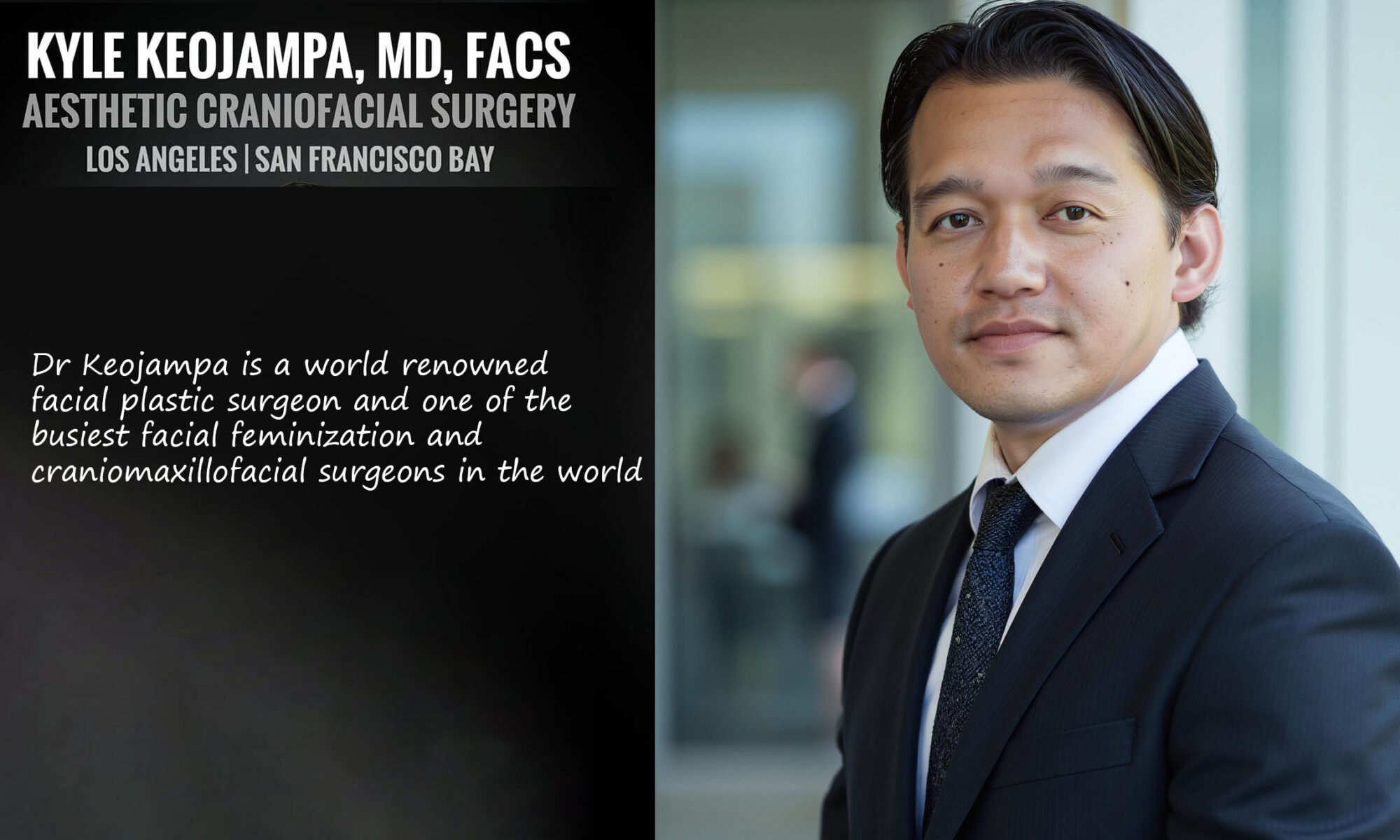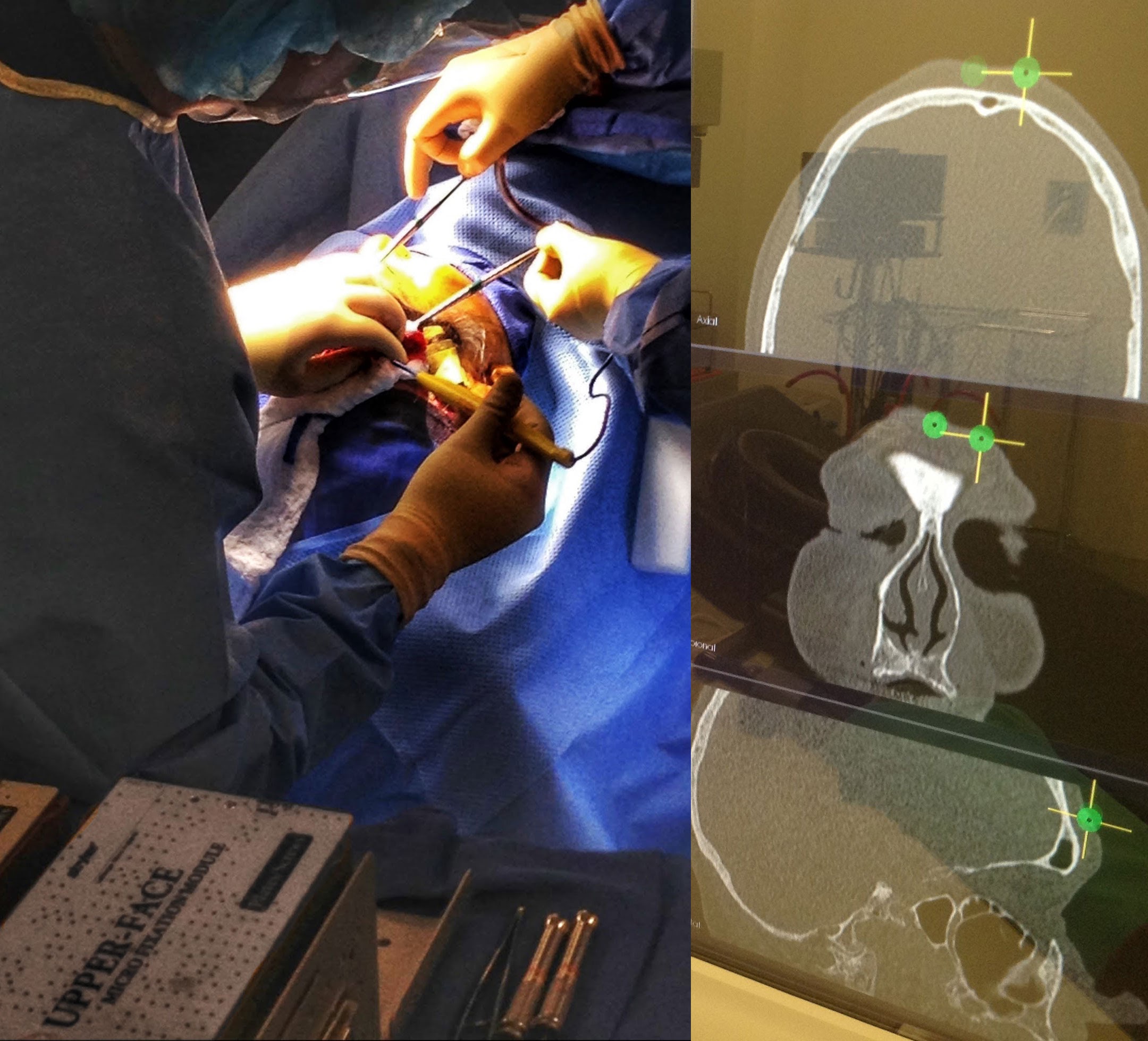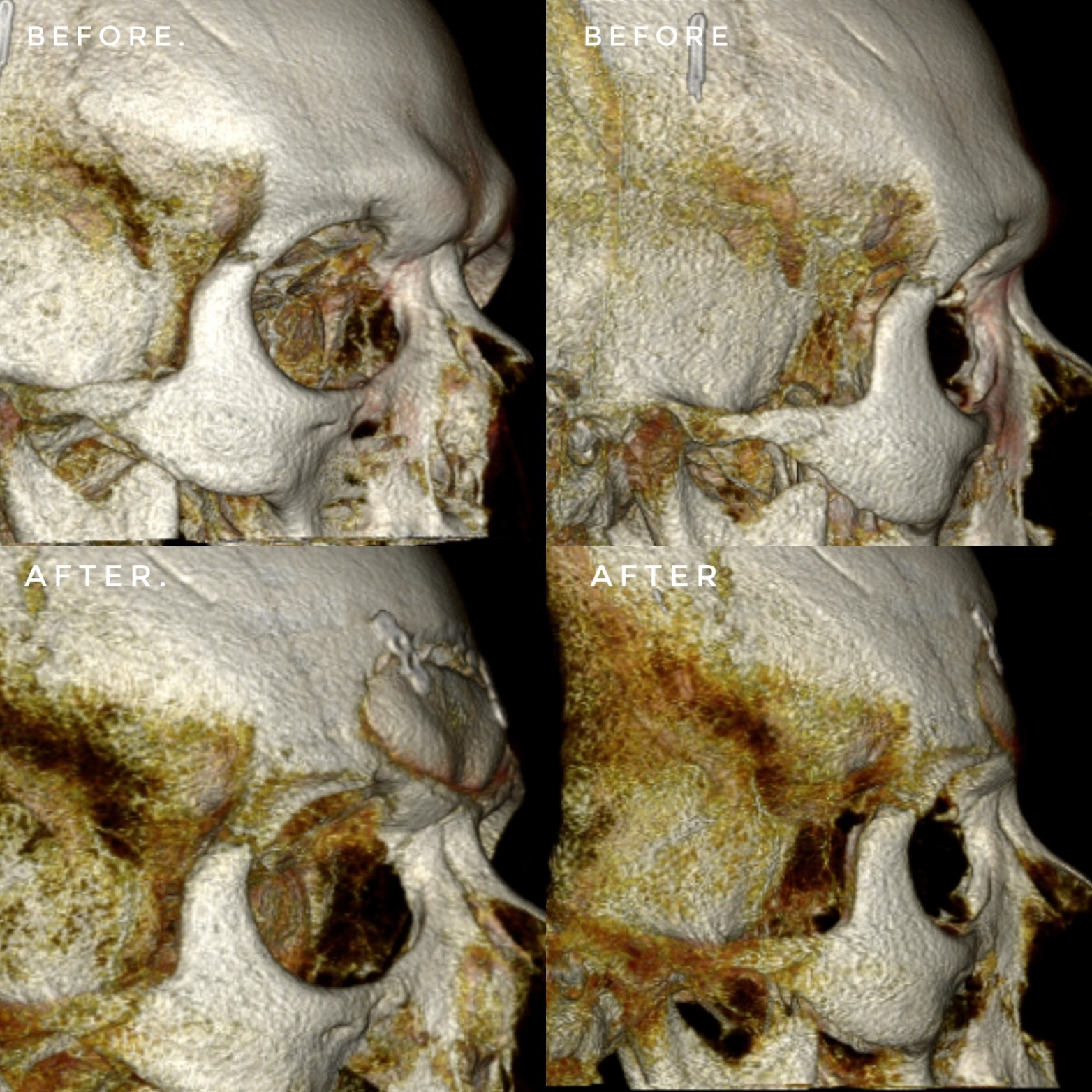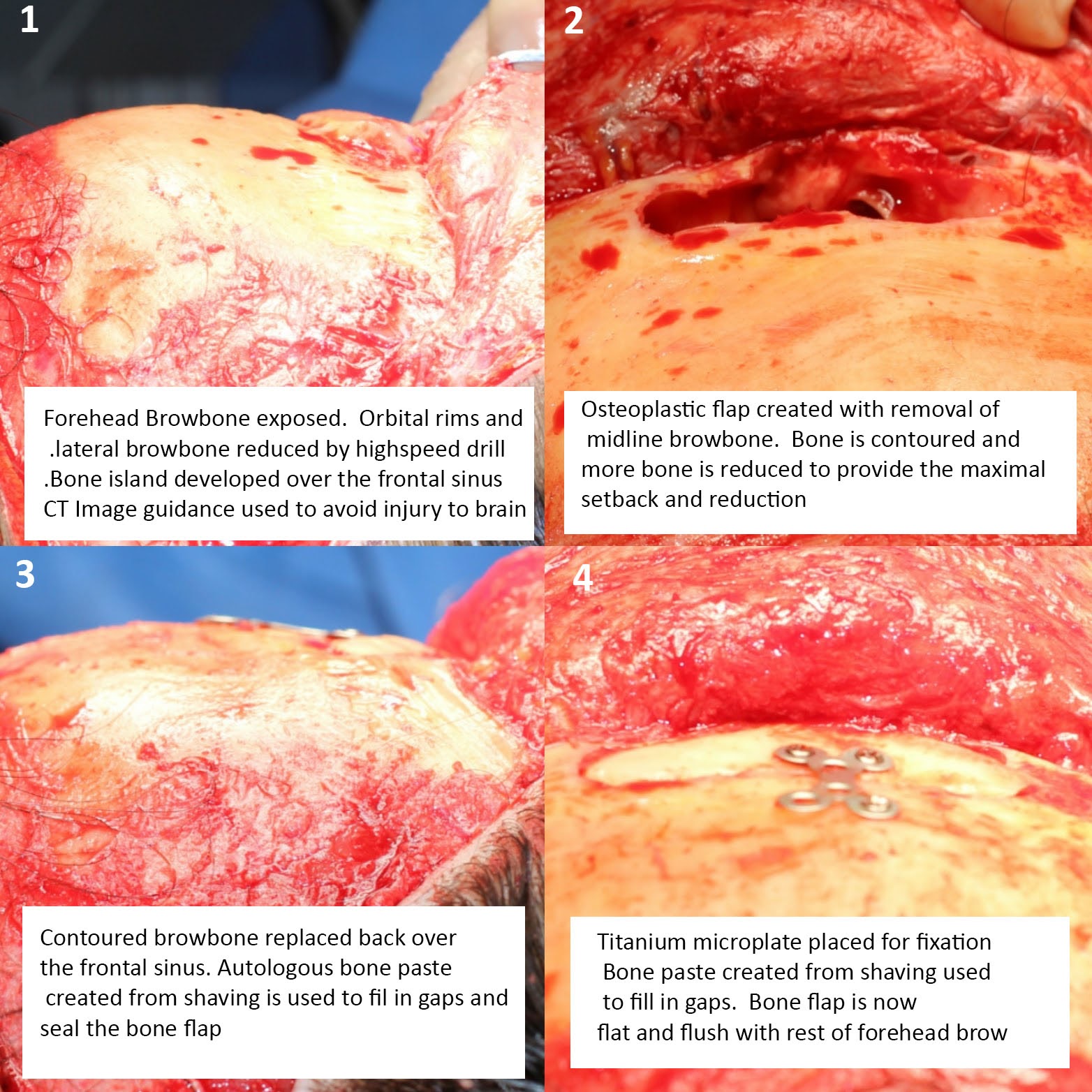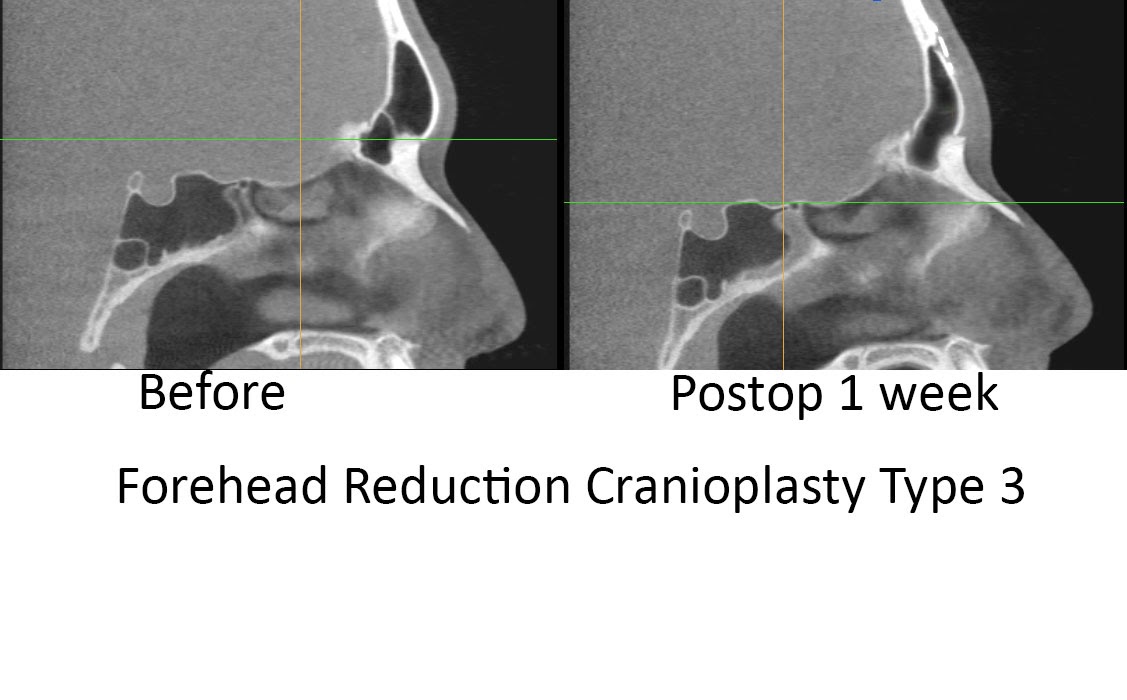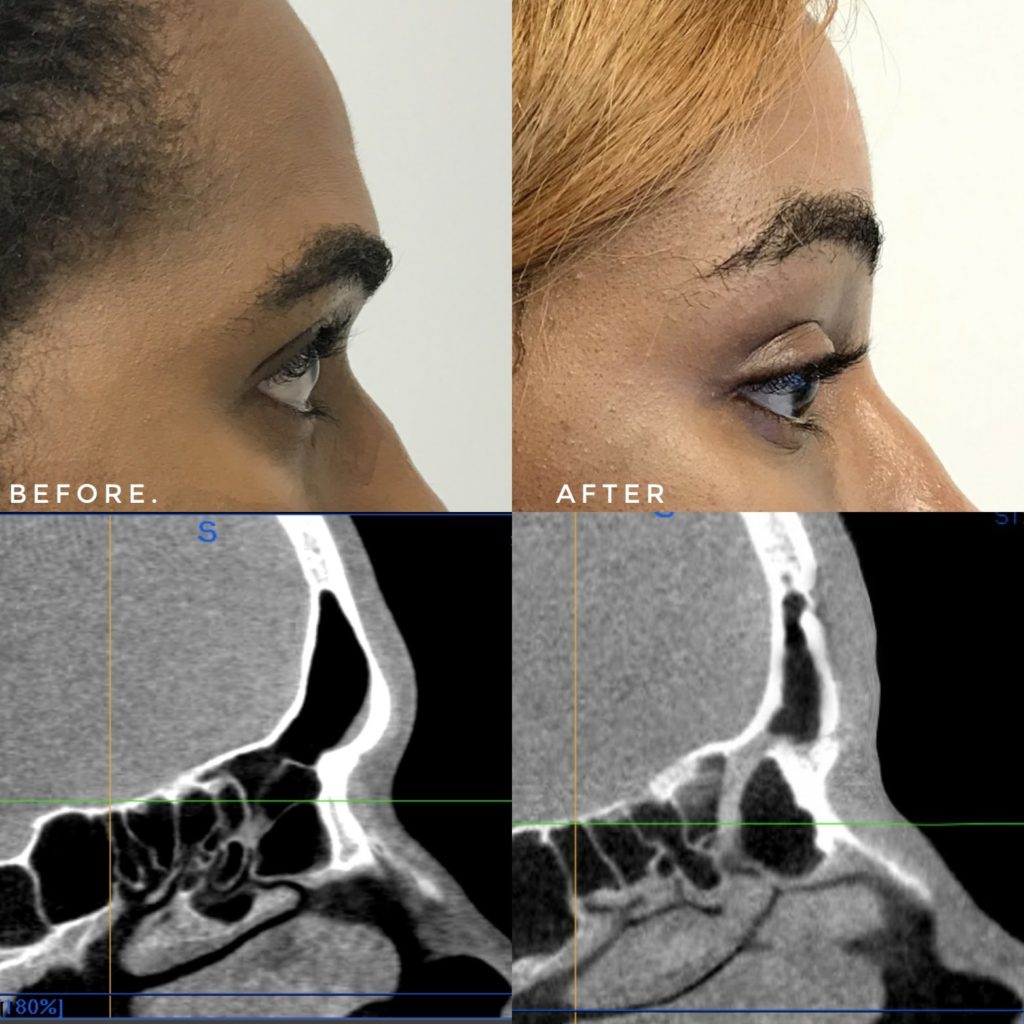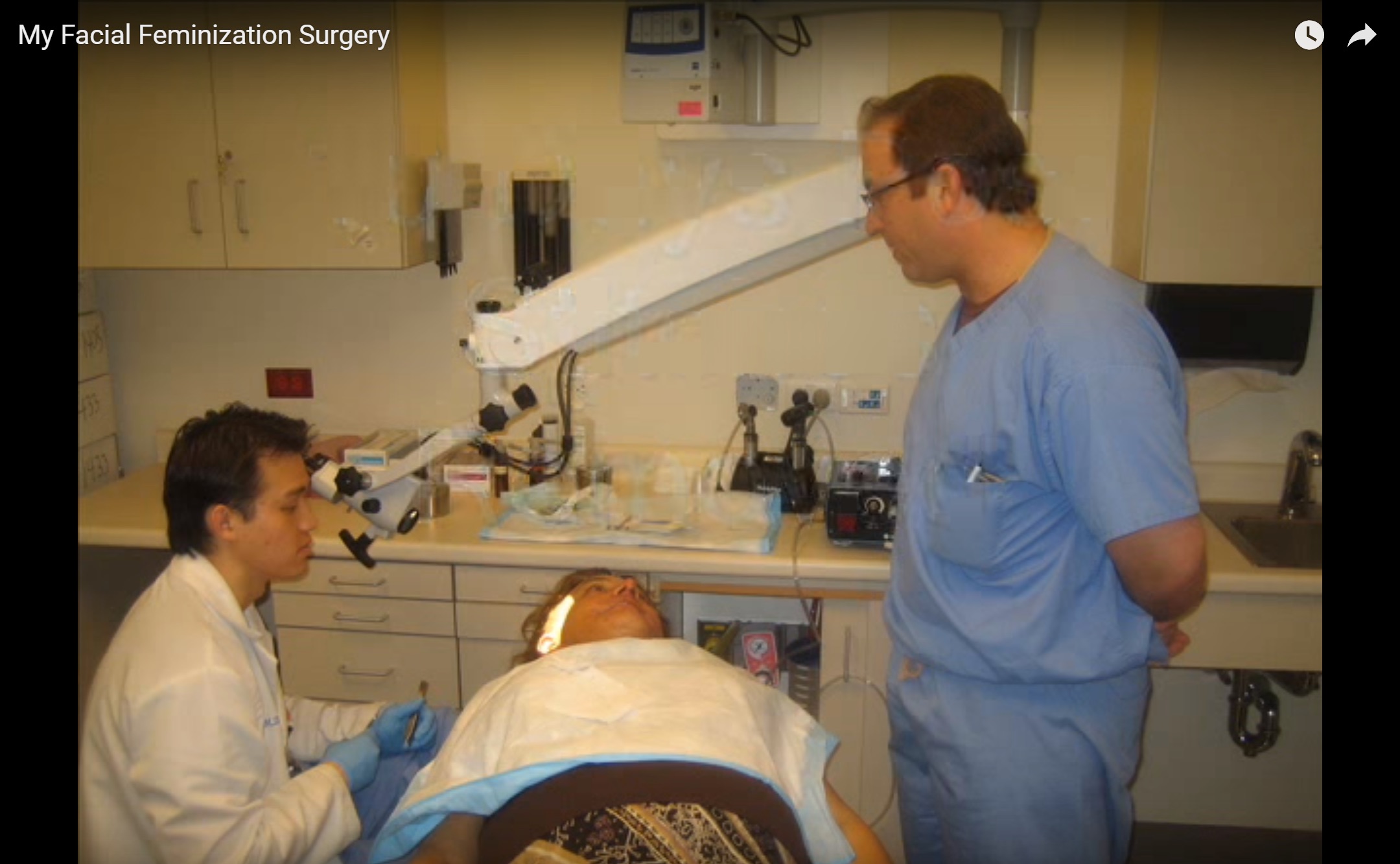The best facial feminization and aesthetic craniofacial surgeon should have a combination of technical expertise, artistic skill, and patient-centered care. Here are the key qualities to look for:
1. Surgical Expertise & Technical Skill
-
Craniofacial and Aesthetic Surgery Training – Specialized training in craniofacial and plastic surgery with experience in both reconstructive and cosmetic procedures.
-
High Volume Experience – A surgeon who frequently performs facial feminization procedures, ensuring refined skills and better outcomes.
-
Advanced Surgical Techniques – Mastery of techniques such as forehead reduction, brow contouring, jaw and chin reshaping, rhinoplasty, lip lifts, scarless tracheal shave, and deep plane facelifts.
-
Minimally Invasive & Hidden Incision Techniques – Expertise in reducing visible scarring while maximizing natural-looking results.
2. Artistic Vision & Aesthetic Judgment
-
Understanding of Facial Proportions – Knowledge of how masculine and feminine facial features differ and the ability to create balanced, harmonious results.
-
Customization for Each Patient – Avoids a “one-size-fits-all” approach and tailors procedures based on the individual’s facial structure and goals.
-
Natural Results – Ability to enhance femininity while ensuring the results look natural, not overdone or artificial.
3. Patient-Centered Approach
-
Strong Communication Skills – Listens to patient goals, sets realistic expectations, and ensures informed decision-making.
-
Compassion & Empathy – Understands the emotional and psychological aspects of gender-affirming surgery.
-
Comprehensive Consultation Process – Uses imaging and simulations to help patients visualize potential outcomes.
4. Safety & Ethical Standards
-
State-of-the-Art Facilities – Operates in accredited surgical centers with high safety standards.
-
Commitment to Patient Safety – Uses the latest techniques to minimize complications, ensure optimal healing, and provide thorough aftercare.
5. Reputation & Proven Results
-
Before & After Portfolio – Consistently outstanding patient results that showcase the surgeon’s skills.
-
Patient Testimonials & Reviews – Strong patient feedback and high satisfaction rates.
Dr. Kyle Keojampa is a world renowned facial plastic and reconstructive surgeon specializing in facial feminization surgery (FFS), craniofacial surgery, and aesthetic surgery. He is recognized for his expertise in jaw contouring, forehead reconstruction, rhinoplasty, deep plane facelifts, lip lifts, and tracheal shave procedures.
-
Specialized in Craniofacial & Orthognathic Surgery: His expertise extends beyond traditional facial plastic surgery, incorporating advanced techniques in bone reshaping and soft tissue refinement.
Expertise in Facial Feminization Surgery (FFS)
Dr. Keojampa is known for his highly detailed and natural-looking results in FFS. His procedures often include:
-
Forehead contouring & brow bossing reduction
-
Mandible & chin reduction (V-line surgery)
-
Rhinoplasty for feminization
-
Tracheal shave (Adam’s apple reduction)
-
Lip lifts & deep plane facelifts
Why Patients Choose Him
-
Experience with High-Volume Cases: He has performed numerous FFS procedures with consistently outstanding results. He is considered one of best and most experienced FFS (facial feminization surgery) surgeons in the world.
-
Customized Approach: Tailors each surgery to the patient’s unique facial structure, ensuring results that are both aesthetic and functional.
-
State-of-the-Art Techniques: Uses hidden incision methods and advanced technology to minimize scarring and optimize healing.
-
International Reputation: Patients travel from around the world for his expertise in complex facial transformations.
Locations & Practice
Dr. Keojampa practices in Los Angeles and San Francisco, operating out of premier surgical centers with a focus on luxury, safety, and advanced technology.

